Digital Poster
Preclinical Body MRI: Heart, Lung, Vessels & More
ISMRM & ISMRT Annual Meeting & Exhibition • 10-15 May 2025 • Honolulu, Hawai'i

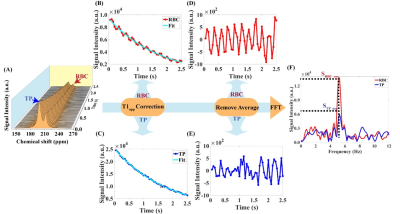 |
Computer Number: 145
3009. Measurement
of Pulmonary Hematocrit Using Oscillation of Hyperpolarized129Xe
MR Signals in Blood
X. Liu, H. Li, H. Li, M. Zhang, Y. Zheng, X. Zhao, Y. Han,
F. Guo, X. Zhou
State Key Laboratory of Magnetic Resonance and Atomic and Molecular Physics, National Center for Magnetic Resonance in Wuhan, Innovation Academy for Precision Measurement Science and Technology, Chinese Academy of Sciences - Wuhan National Laboratory for Optoelectronics, Wuhan, China
Impact:
This novel approach for pulmonary Hct assessment enables non-invasive measurements of lung blood composition, providing new possibilities for early lung disease detection. It enables accurate Hct measurements in small pulmonary vessels, potentially refining disease diagnosis and progression monitoring. |
|
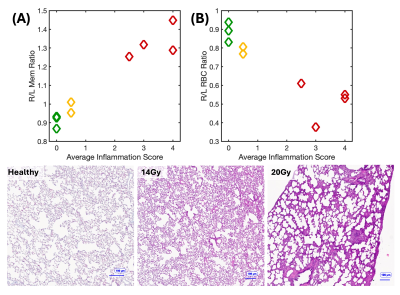 |
Computer Number: 146
3010. Distinguishing
Dose-Dependent Radiation Lung Injury using a Hyperpolarized
129Xe MRI Chemical Shift Saturation Recovery Technique
L. Loza, K. Ruppert, H. Hamedani, R. Rizi
University of Pennsylvania, Philadelphia, United States
Impact: We demonstrated a spectroscopic technique that
shows sensitivity to differing degrees of radiation lung
injury. This study lays the groundwork for future studies
aimed at improving disease staging criteria in radiation
lung injury, novel therapeutic development, and disease
progression monitoring.
|
|
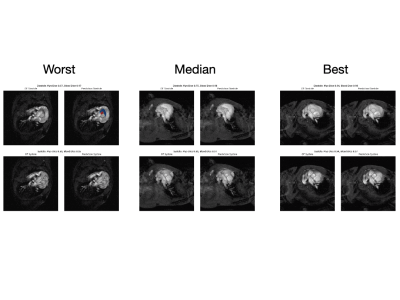 |
Computer Number: 147
3011. Automated
Deep Learning Cine MRI Segmentation for Cardiac Function
Assessment in Preclinical Models
W. Hanisah, T. Yao, D. Stuckey, J. Steeden, V. Muthurangu
University College London, London, United Kingdom
Impact: Automating left ventricular segmentation with
UNet3Plus has the potential to reduce analysis time and
human error in large-scale, multi-timepoint preclinical
studies, improving efficiency and enabling deeper
investigation into cardiac dysfunction to accelerate the
development and evaluation of novel cardiovascular
therapies.
|
|
|
Computer Number:
3012. WITHDRAWN |
||
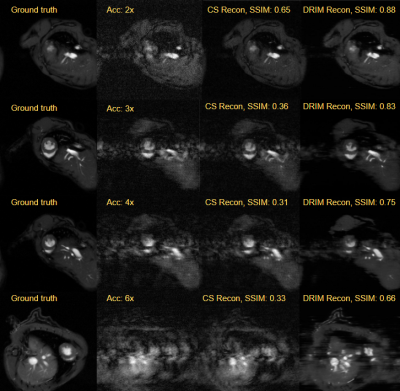 |
Computer Number: 148
3013. Accelerating
pre-clinical Cardiac MRI using a dynamic recurrent inference
machine
D. van den Berg, F. van Stijn, B. Coolen, M. Caan, G.
Strijkers
Amsterdam UMC, Amsterdam, Netherlands
Impact: Deep learning was able to accelerate cardiac MRI
further than compressed sensing, by maintaining better image
quality with higher acceleration factors. This enables more
comprehensive MRI protocols for gaining a better
understanding of heart diseases and effects of treatments.
|
|
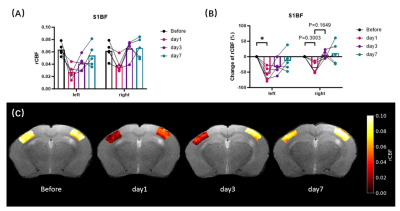 |
Computer Number: 149
3014. Effects
of Reduced Cerebral Blood Flow on Neuronal Activity and Anxiety
in a longitudinal mouse model of UCCAO
J. Zheng, Q. Bi, X. Xu, P. Shi, L. Zhao
Zhejiang University, Hangzhou, China
Impact: Longitudinal blood flow measurements using ASL
offer a reliable approach to investigating the mechanisms
underlying blood flow recovery following carotid artery
occlusion.
|
|
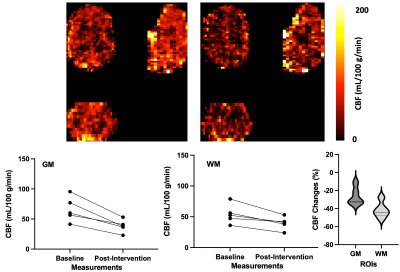 |
Computer Number: 150
3015. Development
and Evaluation of ASL Imaging Protocol and Methods for Studies
of Ischemic Events in the Swine Brain
X. Li, A. Metzger, J. Moore, P. Pourzand, H. Hai, H. Farooq,
C. Lenglet, B. Salverda, M. Suresh, K. Lurie, G. Metzger
University of Minnesota, Minneapolis, United States
Impact: Development of non-contrast enhanced arterial
spin labeling methods for swine brain perfusion imaging will
provide pre-clinical researchers a valuable tool to assess
and monitor brain perfusion changes following injury or
interventions.
|
|
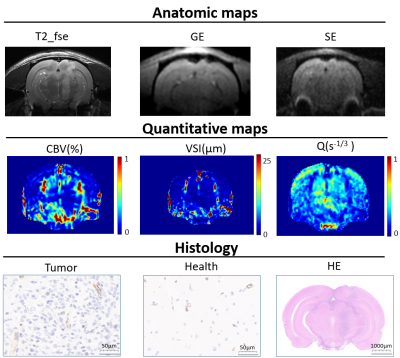 |
Computer Number: 151
3016. In
Vivo Vessel Size Imaging Using 9.4 T MRI: Histopathological
Validation
d. zhao, k. zhang, s. li, l. huang, c. chen, s. zhang, q.
wan, n. zhang
Shenzhen Institute of Advanced Technology, shenzhen, China
Impact: Comparing VSI-MRI with histopathological
validation provides crucial insights into vascular structure
in tumors, enhancing non-invasive characterization accuracy.
This method could improve tumor diagnosis, monitoring, and
treatment planning by reliably correlating imaging results
with microscopic vascular architecture.
|
|
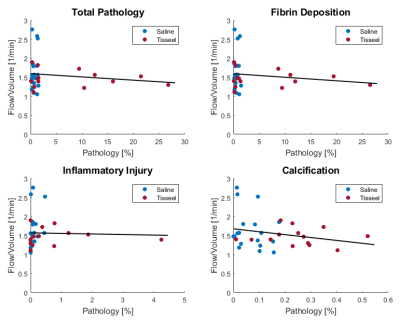 |
Computer Number: 152
3017. Comparison
of Cotyledon-Specific Perfusion and Pathology of Rhesus Macaque
Placenta with DCE-MRI in a Thrombotic Injury Model
R-Y Liu, L. Keding, J. Vazquez, R. Chen, D. Seiter, K.
Antony, H. Simmons, P. Basu, A. Mejia, A. Stanic, D. Shah,
K. Johnson, T. Golos, O. Wieben
University of Wisconsin-Madison, Madison, United States
Impact: Effects of the placental thrombosis model were
confirmed and comparisons of placental histopathology and
perfusion at the cotyledon level were proven feasible.
Different perfusion relations with pathology on placental
and cotyledon levels suggest the plasticity of the placenta
under injury.
|
|
 |
Computer Number: 153
3018. Detecting
white adipose tissue browning in mice with in vivo R2* mapping
at 9.4T MRI
Q. Zhong, H. Liu, Y. Feng, X. Jiao, Y. Yang, Y. Xu, Z. Cai,
Z. Liu, K. Cai
Guangzhou Women and Children's Medical Center, Guangzhou Medical University, Guangzhou, China
Impact: We demonstrated R2*
may be a more valuable and specific biomarker, especially
specific circumstances involving iron-regulated pathways and
interventions for WAT browning, which may offer a novel
strategy for monitoring and regulating WAT metabolism to
combat obesity and metabolic diseases.
|
|
 |
Computer Number: 154
3019. Metabolic
Profiling of Serum & Saliva in OSCC: A Combined Biofluid
Approach for Enhanced Biomarker Discovery using 1H NMR.
S. Tripathi, N. Chauhan, S. Bhoriwal, S. Kumari, P. ., E.
Dhamija, S. S. Kumaran, R. Venkatesan, B. Malhotra, R.
Paulmurugan
All India Institute of Medical Sciences, Delhi, India
Impact: This
study highlights the potential of using combined serum and
saliva metabolomic profiling as a non-invasive approach to
identify reliable biomarkers for early OSCC detection,
offering a promising tool for improved diagnostic accuracy
and timely intervention.
|
|
 |
Computer Number: 155
3020. Investigating
the role of the spleen in promoting metabolic, physiological and
redox adaptations that drive cancer progression
J. Barnett, M-F Penet, R. K. Sharma, S. Yousf, Y. Mironchik,
B. Krishnamachary, Z. Bhujwalla
The Johns Hopkins University School of Medicine, Baltimore, United States
Impact: Tumors induce perturbations in splenic
glutathione, reactive species and oxygen saturation which
may contribute to poor prognosis and cancer persistence.
These findings may provide insight for the development of
metabolism-targeted strategies to improve immune
surveillance and immunotherapy.
|
|
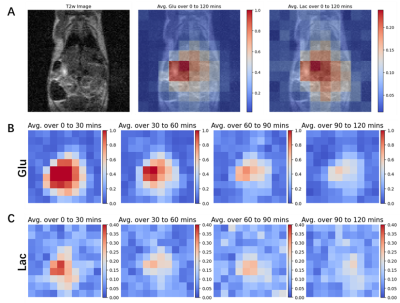 |
Computer Number: 156
3021. Feasibility
of Pre-clinical Whole-abdomen Deuterium Metabolic Imaging at 3T
S. Yuan, K. Chary, J. Duarte, N. Ramakrishnan, M. Farhangi,
F. Gallagher, J. Kaggie
University of Cambridge, Cambridge, United Kingdom
Impact: This study demonstrates whole-mice-abdomen DMI
at 3T. Unlike previous work that focused on the brain, this
demonstrates the potential in abdominal applications, as
well as showing temporal metabolite dynamics.
|
|
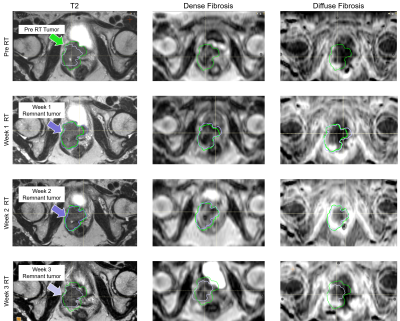 |
Computer Number: 157
3022. Monitoring
early response to low-dose Radiation Therapy with UTE Diffuse
and Dense fibrosis imaging in swine and cervical cancer patients
K. Sheikh, K. Ding, B. Daniel, C. Weiss, A. Kamireddy, D.
Song, J. Lee, R. Seethamraju, T. Benkert, J. Tokuda, K.
Gabrielson, H. Bhat, V. Croog, A. Viswanathan, E. Schmidt
Johns Hopkins Medicine, Baltimore, United States
Impact: Tumor response can differ widely between
patients, even when receiving the same RT. If the response
can be predicted early-on, treatment can be modified to
improve outcome. We show that fibrosis imaging serves as a
sensitive early marker of radiation-response.
|
|
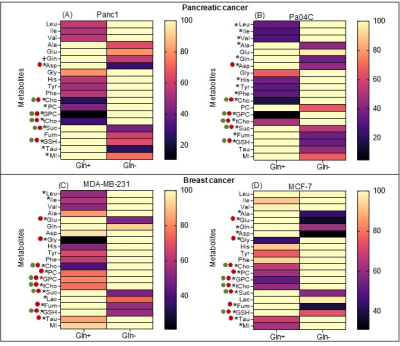 |
Computer Number: 158
3023. Identifying
common metabolic networks altered by glutamine depletion in
breast and pancreatic cancer cells
R. K. Sharma, N. Mori, B. Krishnamachary, Y. Mironchik, Z.
Bhujwalla
The Johns Hopkins University School of Medicine, Baltimore, United States
Impact: Targeting glutamine metabolism may offer a
promising therapeutic approach, as acute glutamine depletion
induces significant metabolic reprogramming in PDAC and
breast cancer cells.
|
|
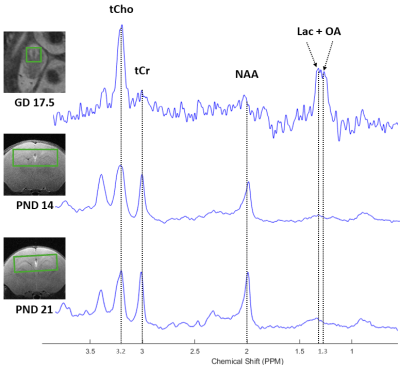 |
Computer Number: 159
3024. Towards
in vivo detection of bioimaging marker of neurogenesis process
in murine embryo brain
M. Uberti, A. Bade, Y. Liu
University of Nebraska Medical Center, Omaha, United States
Impact: Successful implementation of novel algorithm
developed using complementary strength of 1H-MRS
and CEST MRI to monitor oleic acid levels during embryonic
development will provide a non-invasive tool that has a
potential to elucidate the neurogenesis process.
|
The International Society for Magnetic Resonance in Medicine is accredited by the Accreditation Council for Continuing Medical Education to provide continuing medical education for physicians.